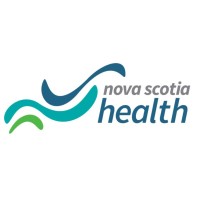
R1 RCM
R1 is the leader in healthcare revenue management, helping providers achieve new levels of performance through smart orchestration. A pioneer in the industry, R1 created the first Healthcare Revenue Operating System: a modular, intelligent platform that integrates automation, AI, and human expertise to strengthen the entire revenue cycle. With more than 20 years of experience, R1 partners with 1,000 providers, including 95 of the top 100 U.S. health systems, and handles over 270 million payer transactions annually. This scale provides unmatched operational insight to help healthcare organizations unlock greater long-term value. To learn more, visit: https://www.r1rcm.com.






